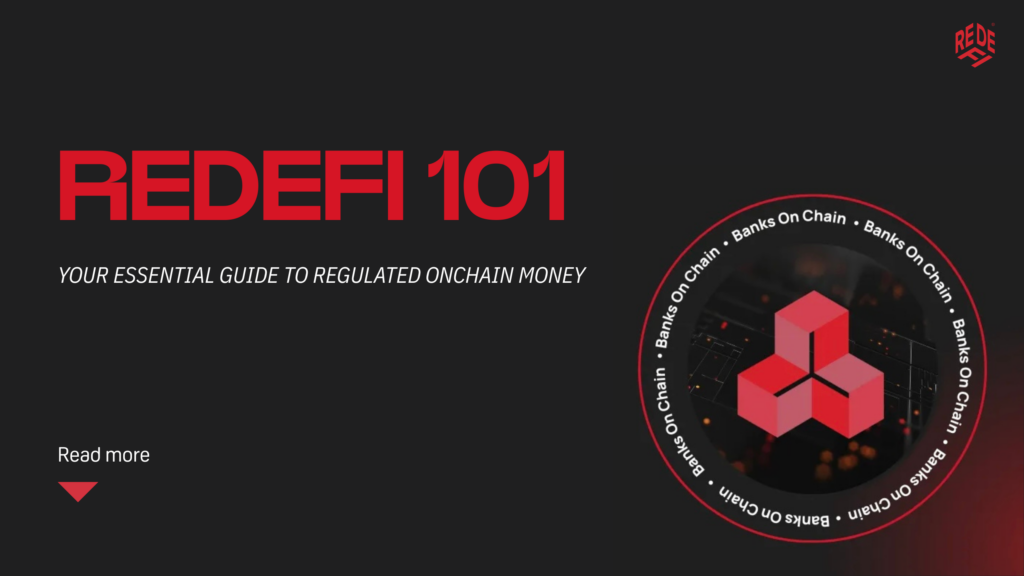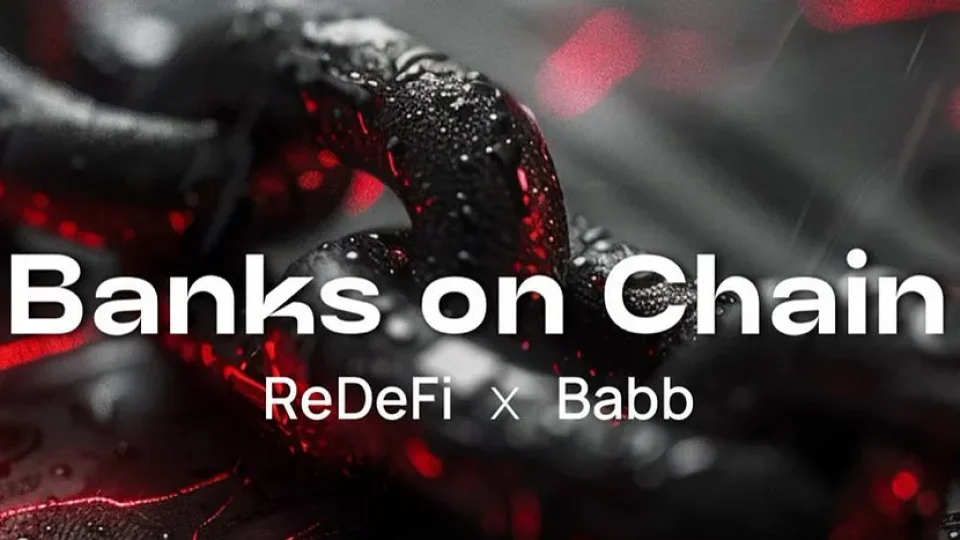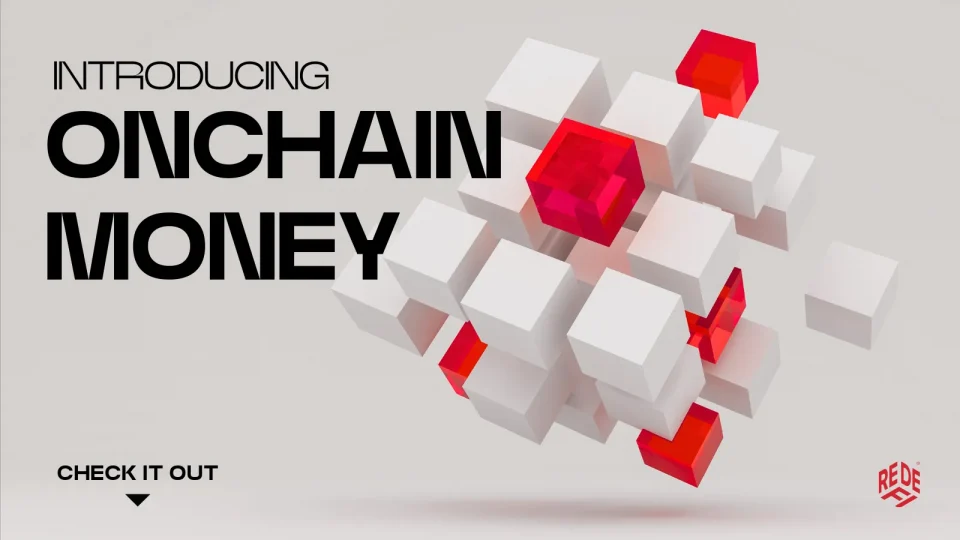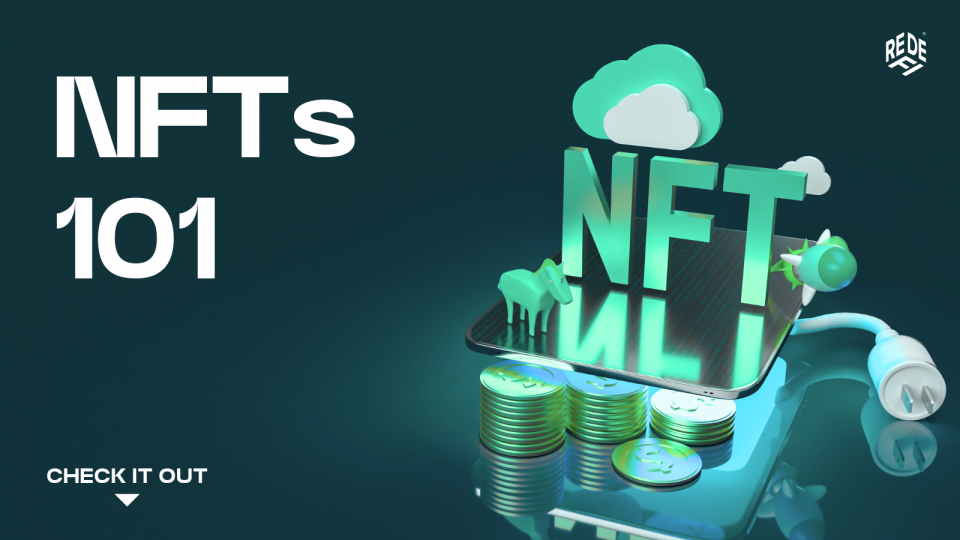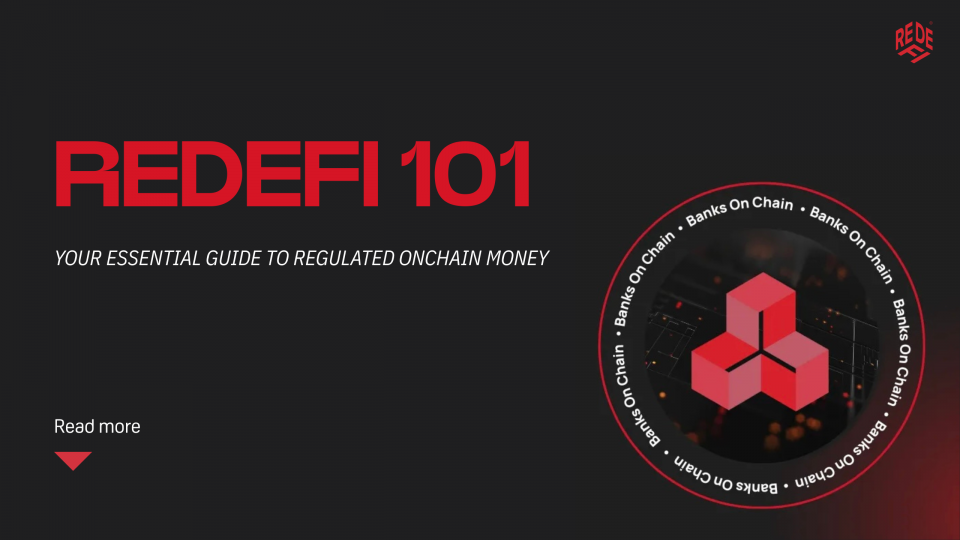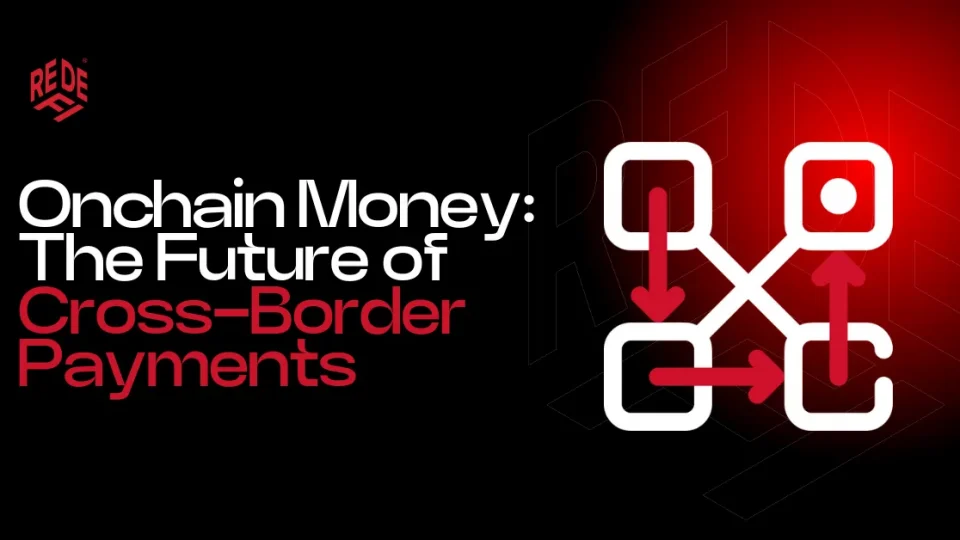The idea of onchain money is revolutionising the way financial transactions are carried out, protected, and governed in a world that is becoming more and more digital. Blockchain-based financial systems are progressing from pilot fintech initiatives to core infrastructure for regulated financial institutions as the world economy changes. ReDeFi (Regulated Decentralised Finance Ltd.), a cutting-edge Layer 1 and Layer 2 blockchain network designed specifically for banks, central banks, and financial institutions, is at the forefront of this revolution.
This article examines the idea of onchain money, its underlying technology, its advantages and disadvantages, and how ReDeFi is uniquely positioned to lead this emerging financial industry.
What is Onchain Money?
Onchain money refers to digital financial assets — including currencies, tokenized fiat, and regulated digital instruments — that operate natively on blockchain networks. Unlike conventional electronic banking systems managed by centralized intermediaries, onchain money allows peer-to-peer value transfers that are transparent, immutable, and settled instantly.
While public blockchains like Ethereum introduced the concept of decentralized money, ReDeFi takes this a step further by offering a regulated, decentralized finance ecosystem specifically designed to meet the operational, compliance, and security requirements of institutional finance.
ReDeFi’s Vision: Regulated Onchain Financial Services
Unlike traditional decentralized finance (DeFi) platforms that primarily serve retail crypto users, ReDeFi focuses on providing a regulated, compliant onchain infrastructure for banks, payment processors, and financial institutions. The platform is tailored to support Onchain fiat currency issuance (real fiat money represented on blockchain).
This marks a significant departure from unregulated crypto platforms by merging the efficiencies of blockchain with the oversight of traditional financial regulation.
The Technology Behind ReDeFi
At its core, ReDeFi’s blockchain network operates as both a Layer 1 and Layer 2 solution:
- Layer 1 acts as the base infrastructure, hosting regulated onchain financial products.
- Layer 2 provides scalable, low-cost, high-speed transaction processing, ideal for cross-border payments, digital banking, and microtransactions.
ReDeFi’s chain uses advanced cryptographic protocols and compliance layers, integrating KYC verification, transaction monitoring, and smart contract-based regulatory reporting directly into the blockchain — an industry-first for institutional-grade DeFi.
Key Benefits of Onchain Money with ReDeFi
1️⃣ Real-Time Settlement:
Unlike SWIFT or SEPA systems, which can take days, onchain money on ReDeFi settles instantly, dramatically improving liquidity management for banks and financial institutions.
2️⃣ Regulatory Compliance:
Every transaction within ReDeFi’s network is traceable, auditable, and KYC-compliant, addressing key barriers preventing banks from embracing blockchain-based finance.
3️⃣ Security & Data Integrity:
Blockchain’s immutable ledger ensures transactions cannot be altered, protecting against fraud, double-spending, and operational errors.
4️⃣ Reduced Costs & Intermediaries:
By eliminating reliance on multiple clearing houses and correspondent banks, onchain money lowers transaction fees, foreign exchange costs, and operational inefficiencies.
Challenges & Considerations
While the future is promising, several hurdles remain:
- Regulatory harmonization: Different countries’ financial laws must align for onchain money to reach global scale.
- Institutional adoption: Traditional banks need user-friendly, risk-managed tools — which ReDeFi is actively developing.
- Interoperability: Ensuring seamless communication between public and private blockchains remains a technical priority.
- Education and trust: Stakeholders must be trained to navigate blockchain financial systems confidently.
The Future of Onchain Money: ReDeFi’s Role
The global onchain finance market is projected to exceed $350 billion by 2030, with growth primarily fueled by the adoption of central bank digital currencies (CBDCs), tokenized bonds, and on-chain interbank transfers. This growth signifies a shift towards a more digital and interconnected financial ecosystem, leveraging blockchain technology for enhanced efficiency and accessibility.
ReDeFi is strategically positioned to become a core infrastructure provider for this new financial system by:
- Launching onchain fiat money solutions in 2025
- Collaborating with regional and central banks
- Providing tailored compliance-friendly DeFi products for financial service providers
- Expanding its Layer 2 solutions for remittances
As governments and institutions recognize the limitations of legacy systems, platforms like ReDeFi will play a vital role in bridging traditional banking and decentralized finance.
Conclusion
Onchain money represents more than just a technological innovation; it signals a paradigm shift in how financial systems will operate in the decades to come. While public DeFi platforms have laid the groundwork, ReDeFi’s regulated, institutional-grade blockchain infrastructure is poised to redefine the future of banking and financial services.
By offering the speed, security, and transparency of blockchain with the oversight and reliability required by financial authorities, ReDeFi is building the foundation for a truly borderless, efficient, and equitable global financial system.
